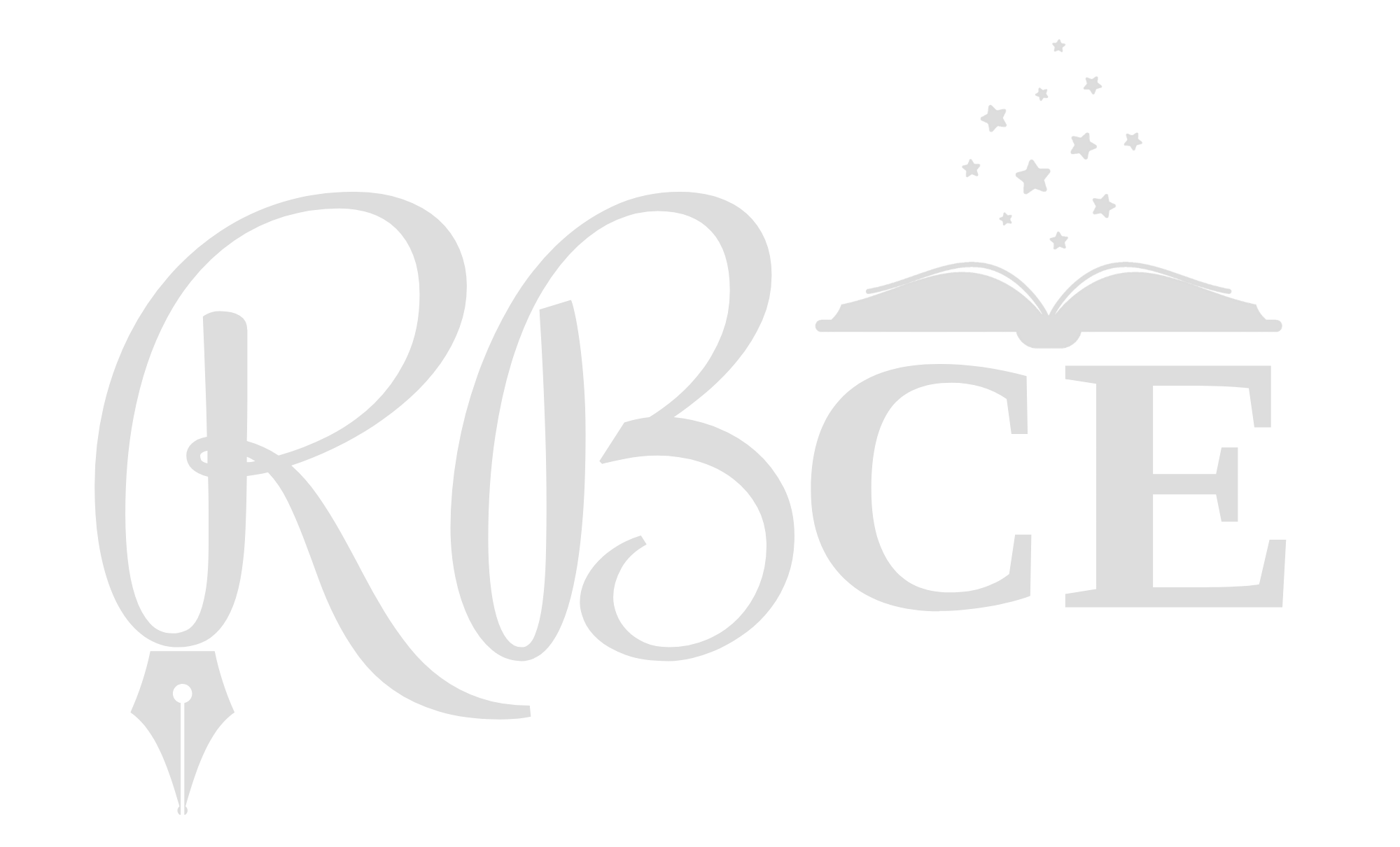How to Write the Perfect Cozy Mystery Sleuth
Those of us who love a good mystery know that one key element of a successful cozy lies in the protagonist—the sleuth. From Miss Marple to Aunt Dimity, cozies abound with leading characters whose charm and wit we fall in love with. How does the author do that? How do they craft the perfect star for their novel? Let’s explore what goes into your ensemble cast, particularly your sleuth.
Elemental Cast of a Cozy Mystery
There are plenty of characters necessary for a good cozy: heroes, sidekicks, love interests, victims, suspects, witnesses, law enforcement, and villains. Each person needs a special, distinct personality that adds to the genre’s lighthearted tone.
Villains are typically backed into a corner rather than inherently evil. Victims, witnesses, and suspects usually have close ties to each other, which adds to the tension and mystery as the protagonist sorts through their lies and secrets. Law enforcement often doesn’t want the help, but they eventually give in so they can bring about justice for the victims.
But above all other characters, you need your sleuth.
Sleuths, most obviously, are predestined (by the author and by the events of the plot) to solve the case. But they do so in a way that diffuses the high stakes of a traditional mystery. Those mysteries are often dark, serious, and suspenseful, with a larger-than-life detective solving a gruesome crime. The civilian-turned-detective of your cozy should be relatable and down-to-earth.
Crafting a proper sleuth requires building a special personality.
The Perfect Ingredients for Your Sleuth
If you want to concoct the perfect crime-solving hero for your novel, you’ll want to include a few staple ingredients.
Start with an Amateur
In the vast majority of cozies, the protagonist is an ordinary person. They have no formal training to solve mysteries, especially murders. And they definitely aren’t looking to become a detective anytime soon. Making your protagonist a greenhorn gumshoe is critical because they must be thrown out of their element.
You force them into facing the unknown, which is the perfect way to build tension and suspense. The reader will learn alongside the sleuth, adding to the relatability because most readers are also everyday people. And because your protagonist isn’t law enforcement, they can access information and go places the professionals can’t. All of this allows you, the author, to lead the reader to an anticipated conclusion while throwing in surprises and trials along the way.
Add a Dash of Brains
Bumbling characters who are constantly mucking up the situation can be fun as sidekicks, witnesses, or anyone else in the ensemble cast. But for the most part, readers expect a quick-witted, sharp-eyed protagonist who can think through problems and come up with solutions. A lot of reasoning and imagination goes into solving a caper.
If the answers are simply falling into your sleuth’s lap with no real brain power behind them, then technically, anyone could be solving the crime. Your protagonist needs to be intelligent enough that they are finding clues, sorting through information, and actually cracking the case, not just moseying along and trying to get back to their normal life.
Pile on the Quirk
Now, you sprinkle in a hefty pinch of quirkiness. This can be anything! But it’s ideally something that will help your hero solve the crime in a way no one else could. Quirks can be of several types: mental, personality, physical.
Mentally, maybe your protagonist knows Greek mythology or uses pneumonic devices for everything and never forgets a name. Personality-wise, perhaps they are particularly empathetic, getting other characters to open up to them more readily. Physically, maybe they can parkour, and it helps them literally catch (or escape) the villain.
Whatever their talent, ability, or quirk is, give them a chance to use it and let it shine.
Cooking Up Your Sleuth
Once you’ve assembled your ingredients, it’s time to put them in the right vessel and light a fire under them.
Place in an Idyllic Setting
You wouldn’t make soup in a sheet pan, just like you wouldn’t place your friendly and relatable protagonist in the big city where they would be far outside of their element (and the genre expectations). A cozy character requires a particular setting to really show them off. These settings are warm, inviting, and familiar. Such an environment complements the sleuth you’ve been building.
Your idyllic small town—with the close and complicated relationships of its inhabitants—is also the only logical place for the ensemble cast mentioned earlier. Click here to read more about designing a cozy setting to really make your characters stand out.
Bake in an Inescapable Problem
It’s not enough to install a relatable, quirky, sharp-witted hero in the right setting. You need to bake them into an inescapable situation. They should not be able to simply walk away from the issue. And they will want to do just that.
As an amateur, they have no business solving a crime (and a lot of people might remind them of this along the way). But you involve them inexorably by adding a personal stake to the circumstances. You can get them invested in the crime by introducing the victim as someone close to them or even having the protagonist themselves be considered a suspect.
Your Finished Product
Crafting the perfect sleuth might feel formulaic at times. But when you mix these particular ingredients in this way, you end up with a recipe for success. And remember, while these conventions are what make a cozy mystery character special, there are infinite ways to blend them together! Your novel will still wow and surprise, even if it follows these genre expectations.




